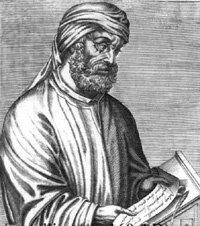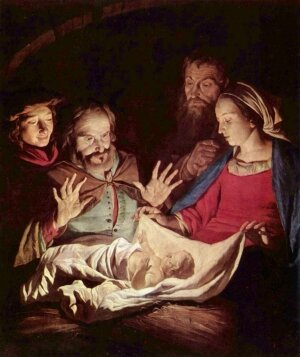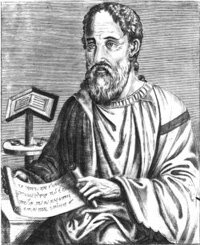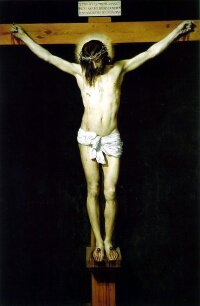 Cush (כּוּשׁ "Dark,") was the eldest son of Ham, brother of Canaan and the father of Nimrod, mentioned in the "Table of Nations" in the Genesis 10:6 and in I Chronicles 1:8. It is usually considered to be the eponym of the people of Kush. Six Arabian tribes are also sons of Cush.
Cush (כּוּשׁ "Dark,") was the eldest son of Ham, brother of Canaan and the father of Nimrod, mentioned in the "Table of Nations" in the Genesis 10:6 and in I Chronicles 1:8. It is usually considered to be the eponym of the people of Kush. Six Arabian tribes are also sons of Cush.In Genesis, Cush was the father of the Seba, Havilah, Sabtah, Raamah, and Sabteca. He is also the father of Nimrod.
Another person named Cush in the Bible is a Benjamite (see Tribe of Benjamin) who is mentioned only in Psalm 7 and is believed to be a follower of Saul.
Cush is first mentioned in Genesis 2:12-14,
12(The gold of that land is good; aromatic resin and onyx are also there.) 13The name of the second river is the Gihon; it winds through the entire land of Cush. 14The name of the third river is the Tigris; it runs along the east side of Asshur. And the fourth river is the Euphrates.
More...

















































